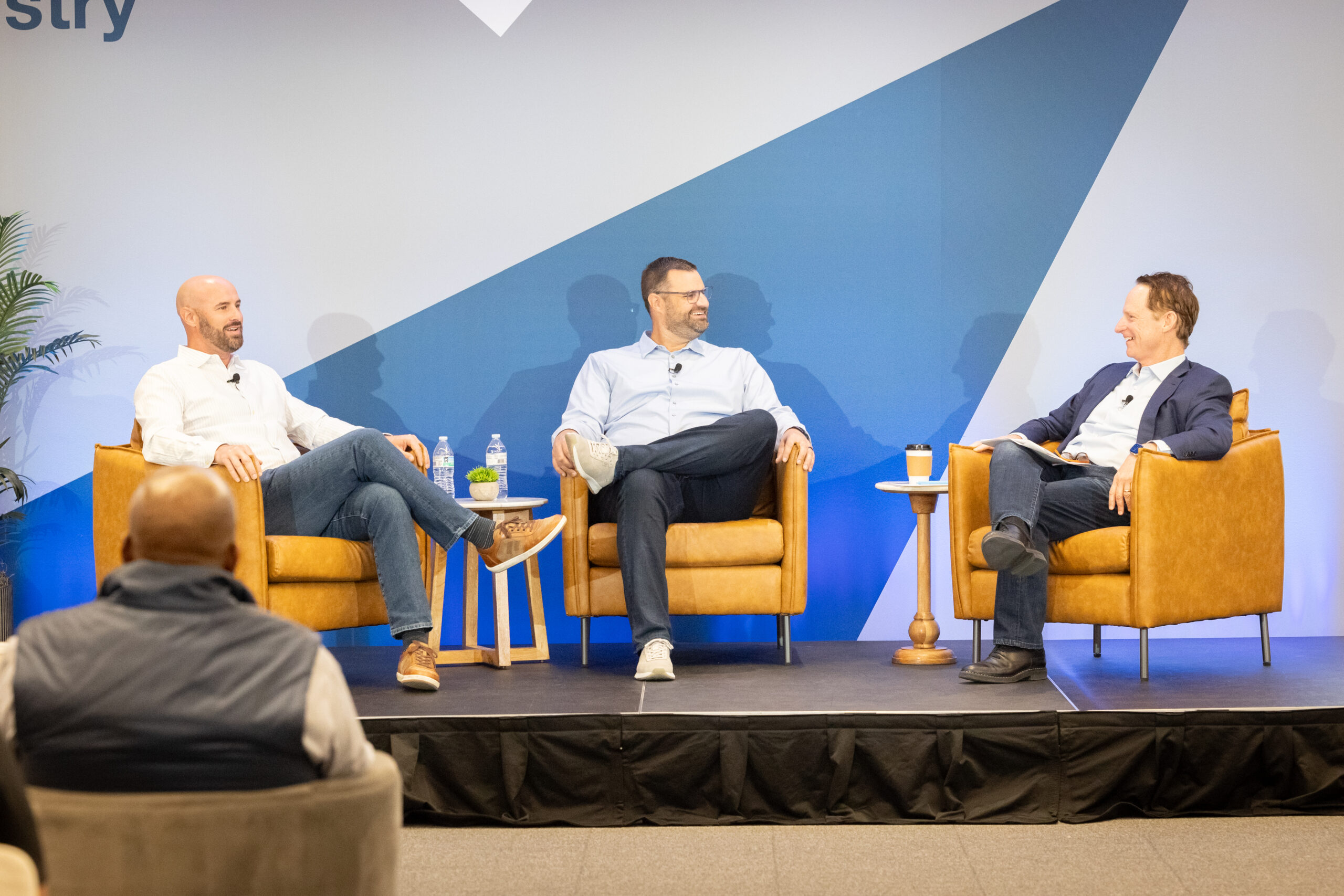

Solving for Success
- Stacey Orozco
- Contra Costa Medical Career College
As CEO and President of Contra Costa Medical Career College, I spend my days focused on higher education and serving students. But when I left high school, I could only dream of maybe one day going to college. Though I had done very well in school as a younger student and was especially interested in and excelled in the sciences, a dysfunctional family situation and related circumstances left me without direction, support, and energy to focus on my academic life.
But even as I made the decision to enter the workforce rather than college, I was aware that if I wanted sufficient income and the stability that my upbringing had not offered, I would need some type of professional training.
With that in mind, I took a job in a dental office and became certified as a dental assistant. Looking to advance in that role, I then sought further education to become a dental hygienist. This next step required that I successfully complete prerequisite science courses at the local community college, which I did. Even with a 3.8 GPA and practical experience, the competition for a seat in the dental hygiene training program became a roadblock. The scarcity of training programs had led to the creation of a lottery system for entry, in which 25 slots were made available each year for 500 applicants. I made multiple attempts over seven years before finally deciding to choose a new path.
I opted to pursue nursing instead, which launched me into another challenging application and training process. Finally, after what was ultimately 10 years in junior college from the beginning of my journey to apply to dental hygiene programs to the completion of my RN degree, I began what would be a 13-year career as a labor and delivery nurse.
My experience of continually coming up against challenges and roadblocks to training for allied health professionals—and, on the flipside, once employed in the medical field recognizing the scarcity of well-trained employees to fill those roles—revealed a broken system. Limited points of entry to training programs, wide-ranging curriculums that required students take unnecessary courses, ever-increasing tuition costs that lead to high drop-out rates and student debt, and, often, lack of placement in their chosen field were limiting opportunity for students.
But if my personal life and professional path had taught me anything, it was the ability to confront obstacles, find Pragmatic Innovations and act with Perseverance to find a way forward. In this case, the problem was a big one: the educational system for allied health professionals needed to be reformed. I saw the opportunity to start a small school and develop accessible, targeted, and efficient training programs for entry-level healthcare professionals. We would strip away many of the obstacles to vocational training, while maintaining high standards in education and ensuring placement of graduates.
I got to work. With the idea to start with one program—phlebotomy—I contacted the state, started filling out necessary applications, and developed curriculum. I wrote a 180-page business plan and mortgaged our family home to secure funds to start the business—all while continuing to work full-time as a nurse and trying my best to spend quality time with my family. In 2007, two years after I began my research and planning, I received approval and opened the doors.
Contra Costa Medical Career College started with three programs and a combined 12 student enrollment, in a tight 2,500 square-foot facility. Ten years on, we offer 12 Allied Health Education programs and are operating in a 26,000 square-foot state-of-the-art facility. I have plans to open additional campuses in California as well as in New Mexico and Arizona. We graduated a little over 1,200 students in 2017, and we hold National Institutional Accreditation through the Accrediting Council for Continuing Education and Training and National Programmatic Accreditation through Accrediting Bureau of Health Education Schools (ABHES). We are approved by the US Department of Education to offer Title IV Funding to our students.
As our Evergreen business grows, my purpose is to continue to serve our students by providing high-quality training and education at a reasonable cost in a reasonable time frame. I know the burden in time and cost of training and the desire to take care of your family. That’s my own story. Our programs are filling a need among a very specific group of students who, like myself, in most cases are not going to pursue a four-year degree and are facing financial constraints. Often, they are raising families while working and going to school. Many are the first in their families to graduate from high school. Our programs offer an opportunity for these students to advance and achieve in spite of what are, in the traditional higher education and vocational training landscape, significant obstacles.
How do we make it work for these students? We had to innovate in three key dimensions: access, cost, and job placement.
Access
Our admission process involves in-depth interviews to ensure our students are committed and are aware of the requirements and reality of the jobs for which they are training. We drug screen, do a pre-employment background check, and require the applicants to have a high school diploma or GED prior to registration. We provide flexible course scheduling that offers instruction on weekends and weeknights to accommodate our students’ needs.
Cost
Many schools offering allied health programs and certifications charge $20K or more for a 10-month program for a job that will pay $10-$15 per hour. Students often leave with huge loan debt and can’t find a job. There is no reward at the end for them. We have built the same exact programs with the same certification outcomes, for a lot less. For example, we offer a Clinical Medical Assistant Program that costs $3,200 for 14 weeks of didactic, laboratory, and clinical externship training. This program is not eligible for government funding because it is too short, so most students pay cash. In some cases, students receive partial Pell Grants or funding from other third-party payers, but they do not take out loans. That means that, first, they have skin in the game and are committed to completing their courses; second, it means our programs are relatively short, which also contributes to our very high completion rates; third, it means they aren’t graduating burdened by debt.
Placement
Our job placement rates are outstanding because we keep the cohorts relatively small to be sure we can provide the best possible opportunities for graduate placement. We also maintain very close relationships with our clinical partners who consist of major healthcare facilities and organizations, hospitals, surgery centers, urgent care clinics, pharmacies, specialty and family practices, and non-profits in our community, which provide a consistent funnel of opportunities for our graduates. We also dedicate significant staff to our career services department to ensure our students are mentored and directed to good opportunities.
As we continue to expand and improve our programming, I put myself in the shoes of my students every day. I am constantly asking myself: How would I feel if I were the student? And, as I answer that question and encounter new challenges, we will continue to solve for their success.
Stacey Orozco is the Founder and CEO of Contra Costa Medical Career College, Inc. After a 13-year career as a labor and delivery nurse, Stacey founded Contra Costa Medical Career College to provide quality, affordable vocational education and training for allied health professions.
More Articles and Videos

Fireside Chat with Dave Thrasher, Dan Thrasher, and Dave Whorton
- Dave Thrasher, Dan Thrasher, & Dave Whorton
- Supportworks and Thrasher Group

Get Evergreen insight and wisdom delivered to your inbox every week
By signing up, you understand and agree that we will store, process and manage your personal information according to our Privacy Policy






